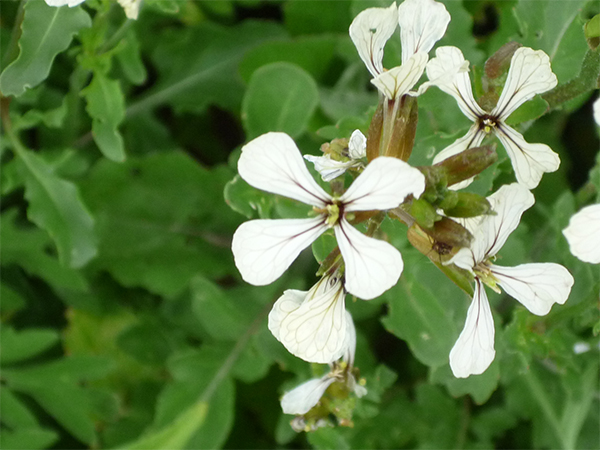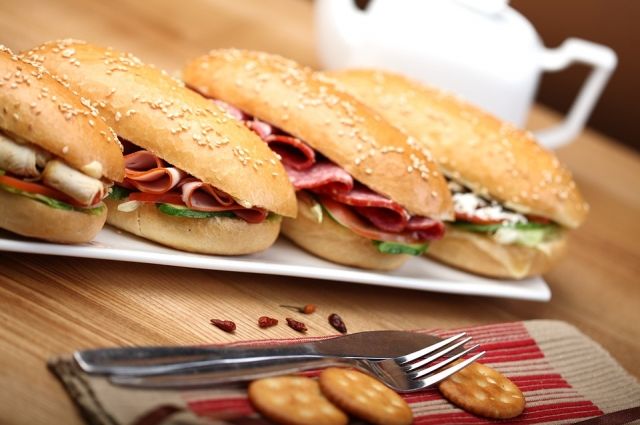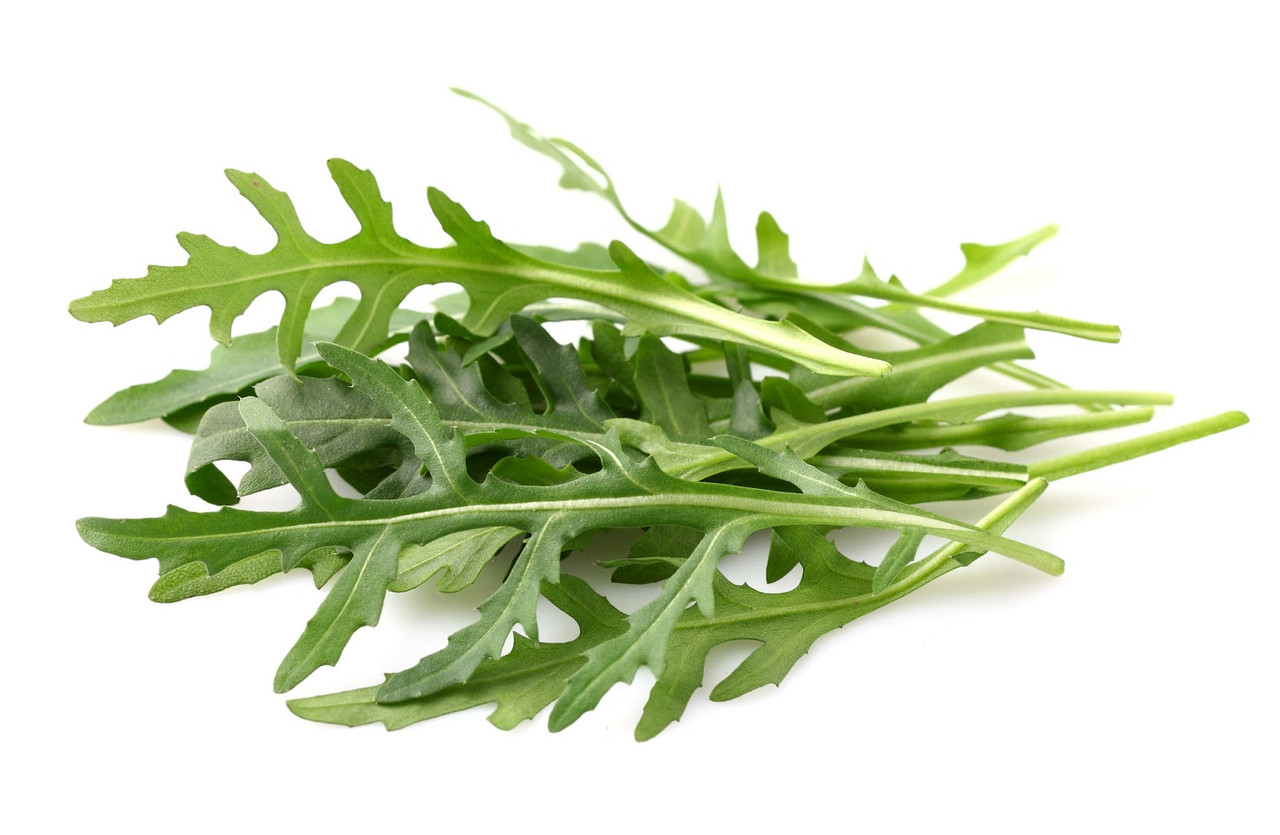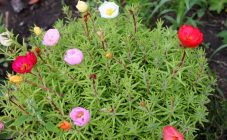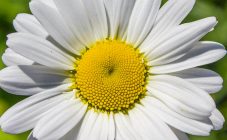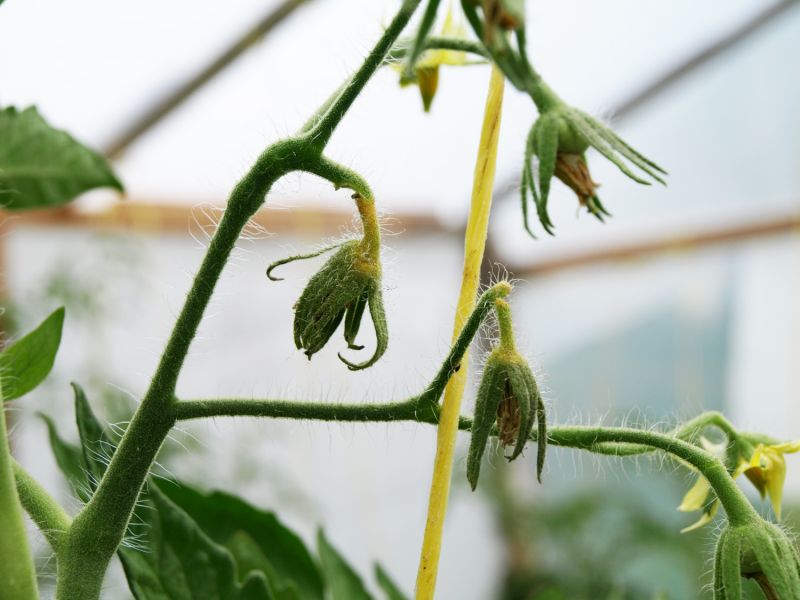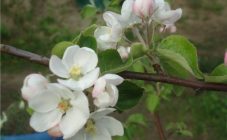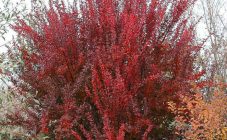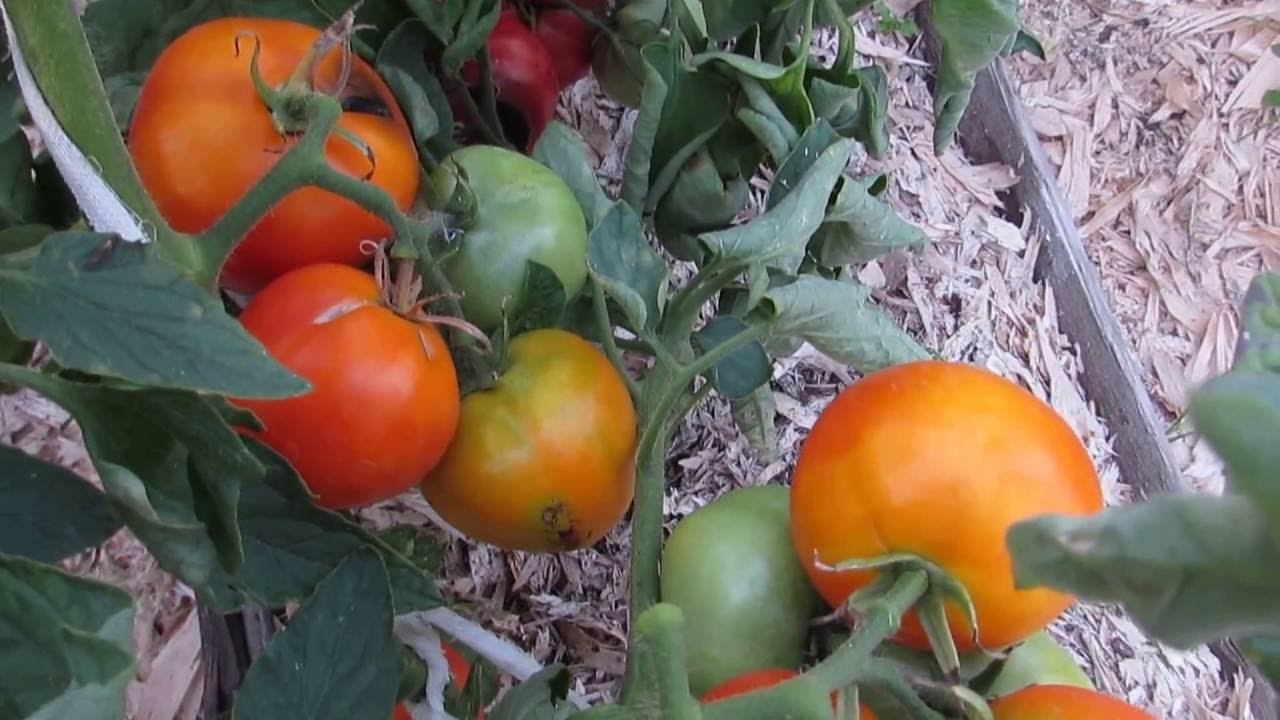Content:
There are many similar plants in nature. Therefore, it is not surprising that people with little knowledge are often confused about them. For example, many are interested in whether arugula is a dandelion or not, because their leaves are so similar.
Arugula flowers
It should be said right away that arugula is not included in the dandelion family - it belongs to Cabbage and is grown in the Mediterranean as a salad culture, close in properties to mustard, radish, horseradish. They began to cultivate it back in the days of Ancient Greece, where Indau (this is the name of the herb used in the West) had the status of a medicinal spice.
Arugula flowers have many names - rocket salad, arugula, gooseberry, but people who know it never call it dandelion. Latin refers to the herb as Eruca.
For our latitudes, arugula indau is no longer a curiosity - lettuce leaves can be seen on the beds of domestic summer residents. Without even delving into the healing properties of the plant, gardeners grow rocket to add to salads (like, in fact, dandelions).
Description
To understand that arugula is not a dandelion, you should study the description of the Indau:
- the plant has a straight, slightly pubescent stem, which grows about 30-60 cm;
- the leaves are different - the wild-growing variety gives oblong-narrow, openwork plates; in a garden plant, they are lyre-shaped and larger; in both species, the lower foliage is collected in a socket;
- rocket salad blooms in late spring - mid-summer (it all depends on the type of arugula);
- arugula flowers have four-petal, yellow or white, not even remotely similar to dandelion;
- the plant bears fruit - an oblong pod that ripens very quickly; small brown seeds are hidden in it.
When wondering whether arugula is a perennial or an annual, you need to take into account the types and agronomic approach. In the wild, eruka develops like a perennial. You can keep a rocket salad in the beds for years.
Many summer residents prefer annual cultivation, sowing the harvested seeds in early spring. To get early foliage for salads, it is best to do this in summer (July-August), when the pods are ripe.
Value
Arugula is good not only in salads - sandwiches are decorated with leaves, added to vegetable stews and soups, combined with potatoes, meat, fish and cottage cheese. In Italy, no restaurant is complete without a rocket salad. Thanks to the pleasant spicy sourness, the dishes are given an original piquant sophistication.
But not only this edible representative of the flora is appreciated. The healing properties of the plant help to cope with many health problems:
- the leaves introduced into the dishes contribute to a good appetite and are an excellent tonic;
- Eruka is recommended for ulcers and gastritis;
- dietary fibers of the plant cleanse the blood from cholesterol;
- thanks to flavonoids, the walls of the capillaries are strengthened;
- a rich complex of vitamins (especially ascorbic acid) strengthens the immune system;
- using arugula, you can avoid scurvy and vitamin deficiency;
- infusion of herbs is used as a diuretic;
- remove corns with juice, resolve bruises, treat skin diseases;
- recommended rocket salad for men to cope with specific diseases.
Frequent consumption of arugula leaves is a good prevention of cancer. But for pregnant, lactating and allergy sufferers, it is better not to introduce grass into their diet due to the high content of phytoncides.
In addition to the above-mentioned ingredients, arugula also contains minerals (iron, iodine, magnesium, calcium, potassium, etc.). Alkaloids, steroids, organic acids (citric and malic), mustard oil are present in the leaves.
Types and varieties of arugula
Over the centuries of domesticating the plant, breeders have bred various types and varieties of arugula, differing in taste, appearance, and growing season.
Popular varieties of arugula
| Variety | Vegetation period, days | Features: | Note |
|---|---|---|---|
| Dikovina | 22-25 mid-season | The flowers are painted in a cream shade, the leaves of the plant are lyre-shaped | Used in all dishes |
| Solitaire | 35-45 mid-season | Cut along the edges, lyre-shaped cut leaves have a nutty flavor, complemented by a slight bitterness | Goes exclusively to salads |
| Poker | 22-28 early | The large greenish leaf has a sweet-mustard flavor. Flowers are painted in a pale cream shade | |
| Rocket | 20-25 early | Dissected, feathery dark green leaf with mustard-nut flavor | Added to side dishes and salads, used to prepare seasonings; Excellent honey plant |
| Spartacus | The variety has a pleasant spicy taste. Leaves are loaded with esters and vitamins | Refers to dietary; It is considered the best in the prevention of vitamin deficiency; Recommended for the treatment of male problems | |
| Victoria | Provides a lot of greenery rich in vitamins. It stands out for its pleasant delicate taste | It is considered a dietary product. Versatile in use | |
| Olivette | The juicy leaves have a mustard-nut flavor. The plant is rich in vitamins, essential oils, carotene | Universal use in cooking | |
| Arrows of Cupid | 35-38 mid-season | The variety is characterized by a narrow long leaf and light yellow flowers | Used in almost all dishes |
Most of the varieties shown in the table are an annual type of garden crop. "Solitaire" is grown as a biennial. "Spartak" is not just a perennial variety of arugula, its seeds can be used in a year-round crop rotation.
If a novice agricultural technician is interested in a lettuce plant, he can look into the online store "Rukkola Flower", which sells flower and vegetable seeds. To register, you just need to go to the website and place an order for any variety you like. You can also buy oduvanchik here to compare it with arugula.
Cooperating with the Flowers Rukkola store for a long period, a regular customer receives a promotional code that entitles him to good discounts. Another benefit of purchasing online is courier delivery to the specified address. You will not have to solve the problem of where to get transport for self-pickup of goods if a wholesale purchase is envisaged.
Having bought several varieties with different growing periods, a summer cottage worker will be able to transform his garden. After all, planting a multi-colored arugula can replace any rabatka. The main thing is to provide the beds with proper care.
Dandelion vs Arugula Flowers Comparison
Having studied the description of the mustard plaster, even a novice gardener will understand that perennial arugula has nothing to do with dandelions. It is enough to look closely at this representative of the Astrovs (and not Cabbage, like Indau), then the difference will be obvious:
- The leaves only vaguely resemble arugula. In fact, they are lanceolate, with denticles along the edges and narrowed at the base. The plates are rosette and grow from the root;
- The shoot is hollow, tubular;
- One flower basket, large, is at the top. In arugula, flowers are scattered over a branched bush;
- The "cap" of the inflorescence consists of many ligulate, bright yellow narrow petals, which, after ripening, give ribbed, oblong, brownish achenes ending in a white tuft.
The chemical composition of dandelions also differs slightly. In the leaves and flowers, in addition to minerals, vitamins and carotene, there are also 3-terpene alcohols, flavoxatin, lutein. Mainly for medicinal purposes, roots containing stearins, taraxol, inulin, etc. are used.
About the dandelion family
Dandelion inflorescences are an excellent preparation for jam and honey. They are used as a perfume for liqueurs and wines. The roots of the plant are also used in cooking - if you grind and roast them, you get a good substitute for coffee.
As for medical use, they make alcoholic tinctures of flowers for external use in rheumatism. The root, infused with vodka, is recommended for stomach pains.
Decoctions of herbs with flowers treat hemorrhoids, jaundice, liver diseases. Dandelion teas are recommended for hypertensive patients and heart patients. Infusions of the plant are used when rinsing the strands, which makes them more vital and silky, acquiring a beautiful shine. Dandelion milky juice removes freckles, skin pigmentation and calluses.
